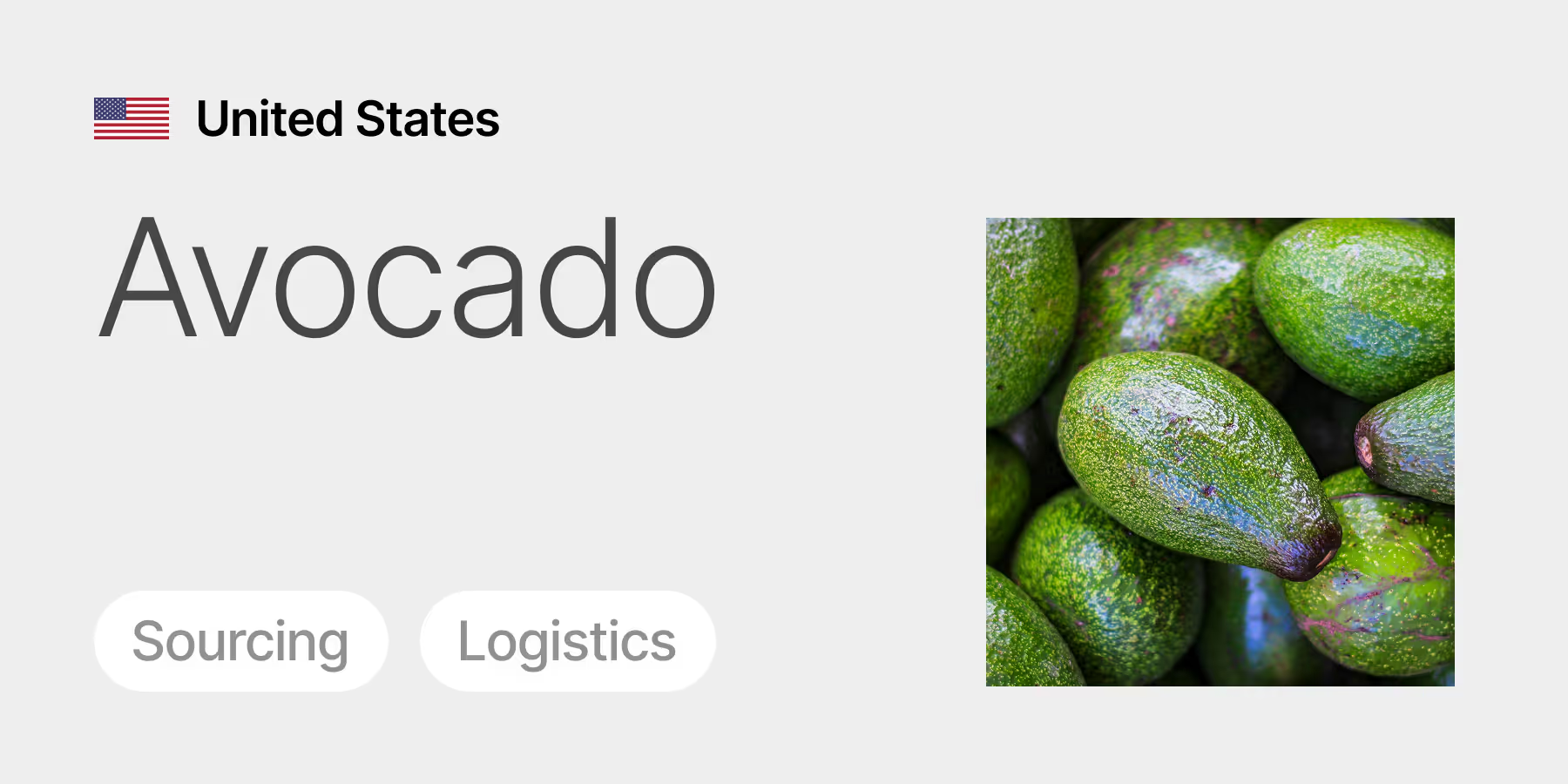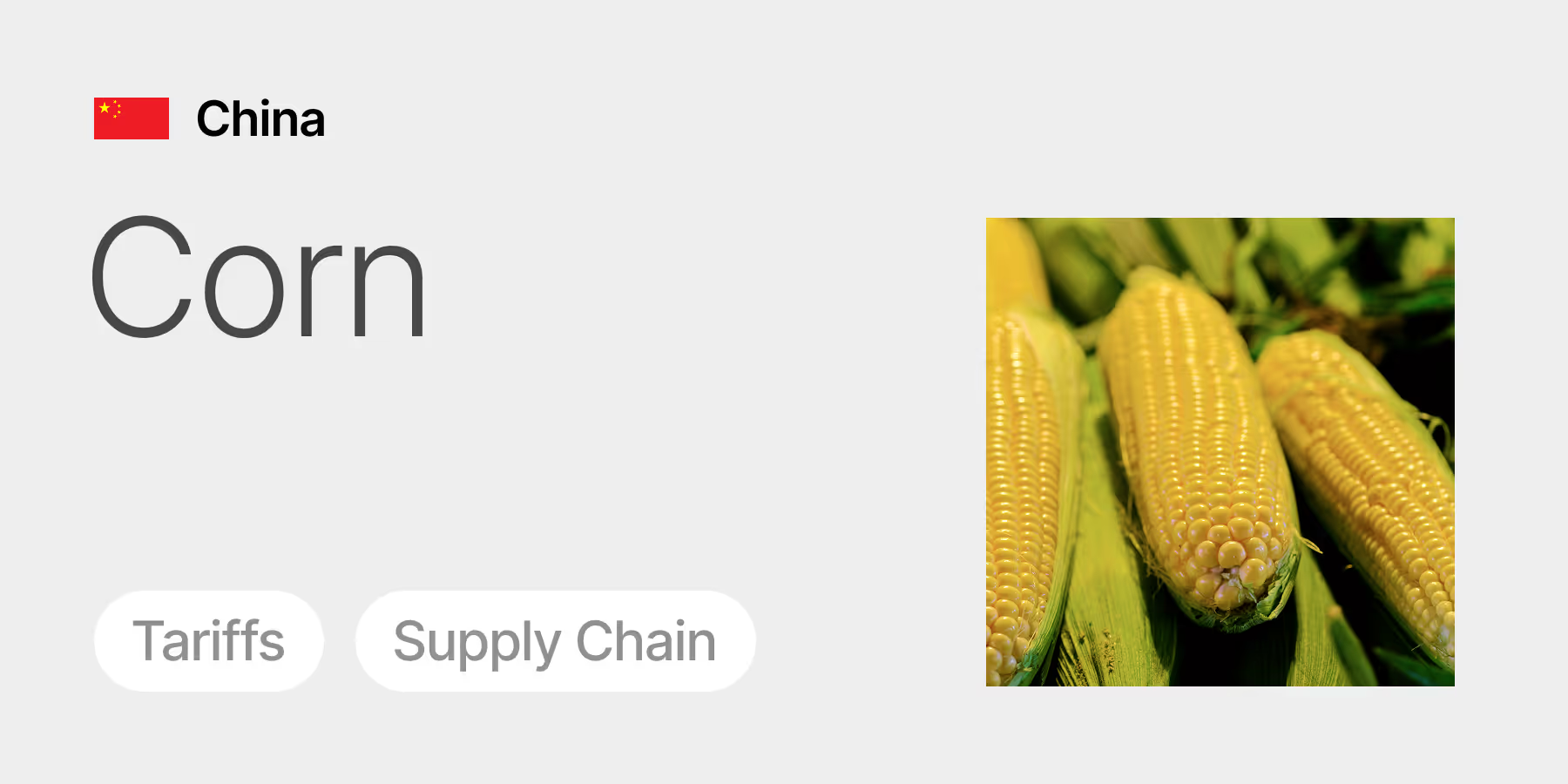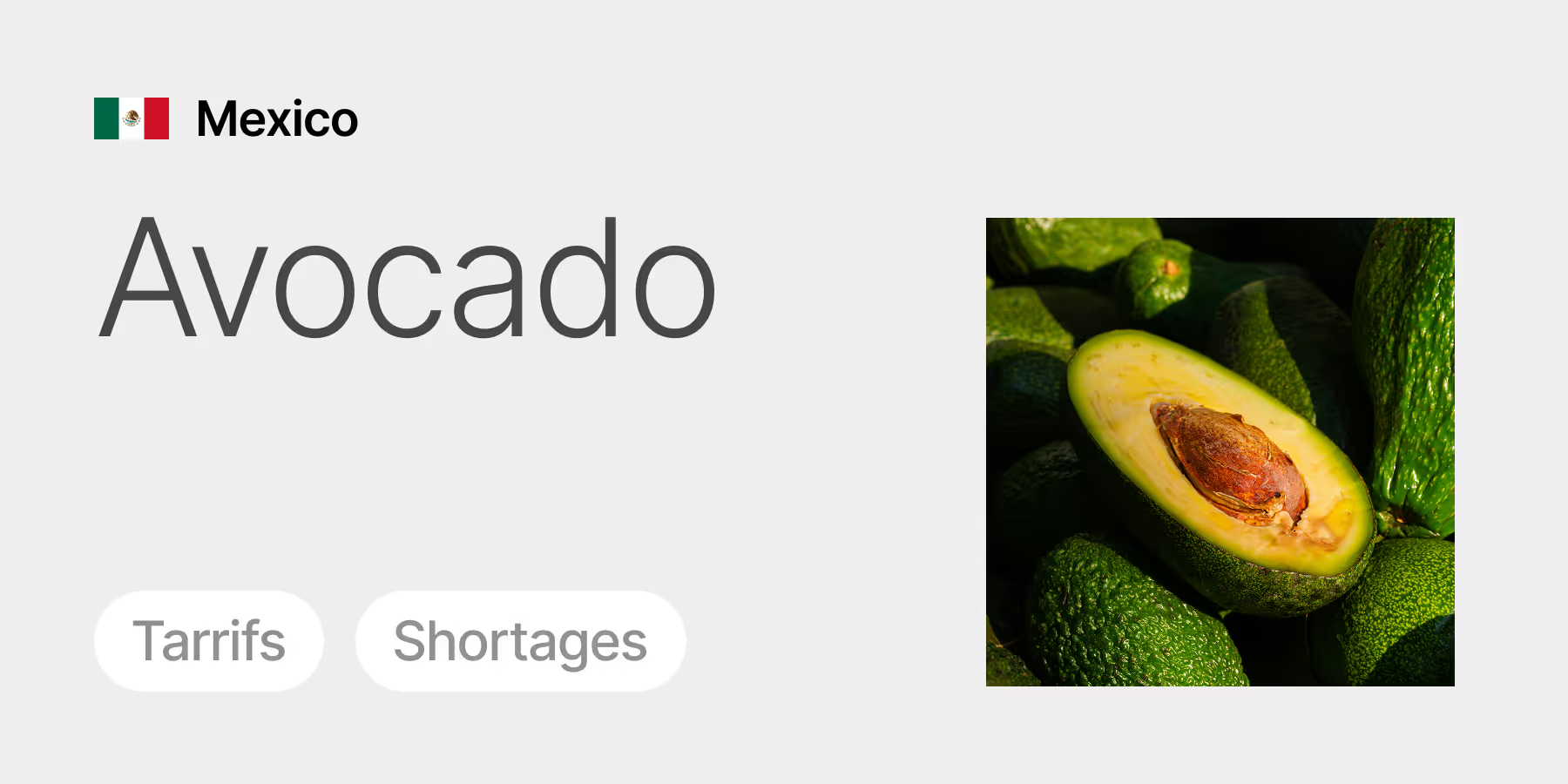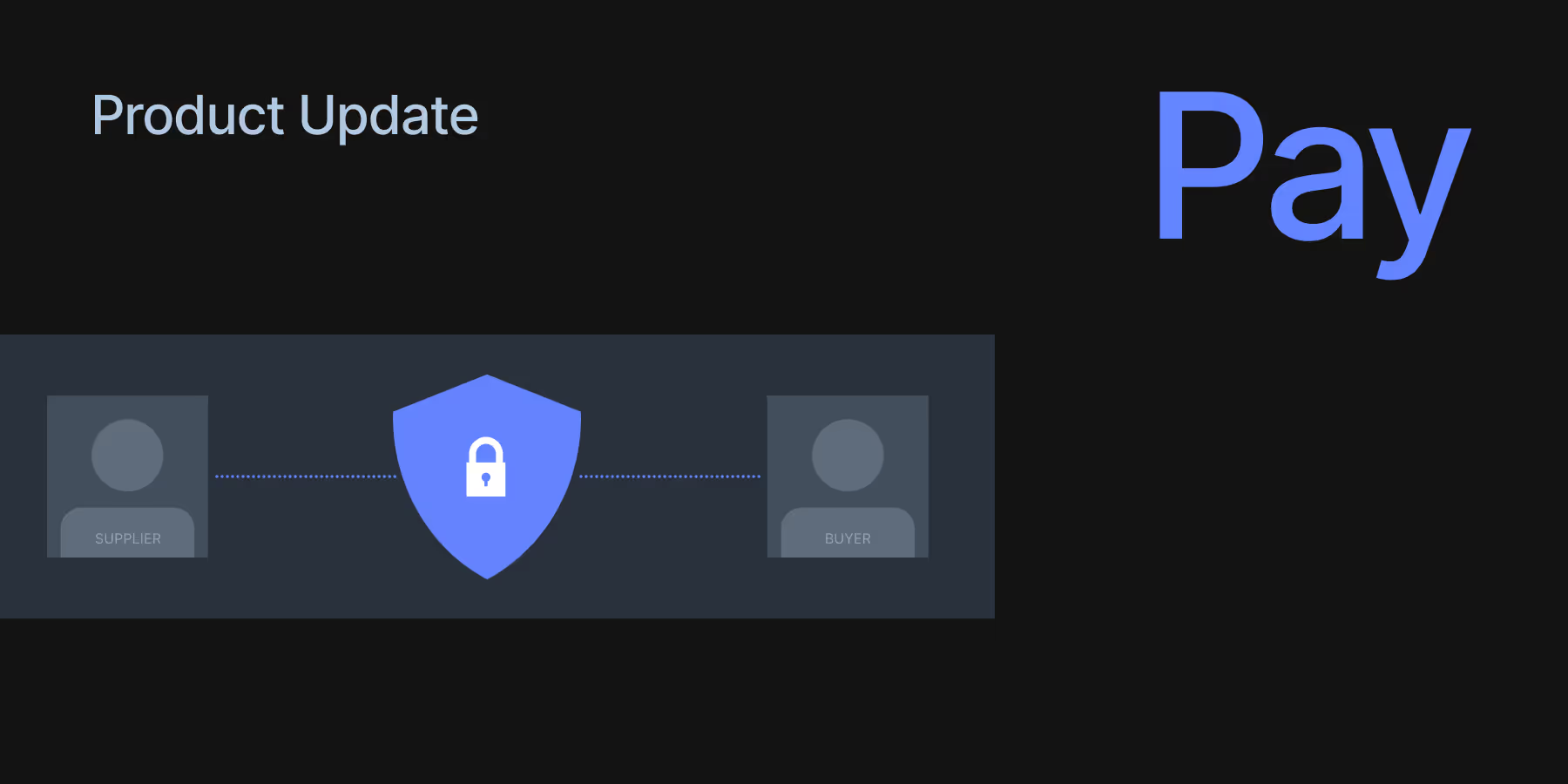
[Seoul, Apr. 4, 2025] – As avocado prices continue to surge in the United States, new data from global agrifood market intelligence platform Tridge reveals that the price gap between US and European wholesale markets has widened to double—driven not only by tariffs and shortages, but by deep-rooted structural issues in sourcing and logistics.
According to Tridge’s data, U.S. wholesale prices for Mexican Hass avocados peaked at $9.33/kg in the Bronx for size 36s, while under the same conditions, prices were as low as $4.74/kg within the past year. In comparison, in the Netherlands, Colombian Hass avocados traded between €1.63 and €4.00/kg (approximately $1.75–$4.50), with the highest price recorded in the same one-year period.
Despite showing comparable percentage volatility—ranging from 197% to 290%—the impact in the US is more severe due to a significantly higher price floor and the ceiling.
While Europe—particularly the Netherlands—has developed a diversified import model supported by cold chain infrastructure, the U.S. remains heavily reliant on a single supplier, Mexico(91%) with eight origin countries in total. In contrast, the Netherlands sourced from 66 countries in the same year 2023, with top suppliers including Peru(32%), Colombia(16%), South Africa(10%), Kenya(9%), and Chile(8%) according to Tridge.
Moreover, the Netherlands distributes most of its avocado imports across the EU, acting not only as a consumer but as a logistics hub. By contrast, the U.S. model is focused on direct-to-market consumption, offering less flexibility to absorb shocks.
This reliance on a single source has left the U.S. market particularly exposed. The return of Trump-era tariff threats has only amplified existing vulnerabilities. While proximity to Mexico offers short transit times, it also concentrates risk: seasonal gaps, labor disruptions, cartel activity, and weather volatility can all cause immediate price spikes—costs that are often passed down to the weakest links in the chain: importers and consumers.
“Variety and origin diversity aren’t just about consumer choice—they’re a buffer against market shocks,” added Tridge’s Spokesperson. “Netherland’s model gives traders more levers to manage risk when markets tighten.”
U.S. middlemen—who handle warehousing, customs, and distribution—frequently absorb margin loss during such disruptions. In many cases, these importers are also responsible for re-exporting to Canada, where elevated prices further diminish demand, tightening margins even further.
Recommendations from Tridge: A Smarter Path Forward
Tridge suggests that while a full diversification overhaul may be a long-term undertaking, practical short- and medium-term steps are available:
Short-Term Adjustments
- Shift sourcing during Mexico’s weak windows (April–June, August–September) to:
- Peru (March–July harvest, 14–17 days transit)
- Colombia (year-round, 7–10 days)
- Dominican Republic (August–January, 5–7 days)
Medium-Term Strategy
- Invest in exclusive cold chain infrastructure at East and West Coast ports to support multi-origin supply.
- Develop risk-sharing contracts with Latin American suppliers to stabilize landed costs.
- Pilot volumes from South Africa and Guatemala to establish contingency routes.
"A good fertilized avocado and a well-managed level of dry matter supports transit time more than 30 days: a resilient supply chain isn't a luxury, it's a necessity" said avocado trader at Tridge.
About Tridge
Tridge is a global agrifood market intelligence platform that connects buyers and suppliers through data-driven insights and supply chain solutions. With sourcing networks in over 70 countries and one of the world’s most comprehensive datasets in agricultural trade, Tridge enables smarter decisions in a volatile market. Tridge Eye, a supply chain management tool, delivers real-time insights and analytics to help businesses adapt to market changes, with Tridge EyeBook, an agentic AI for sourcing and procurement and analyzes market dynamics.


